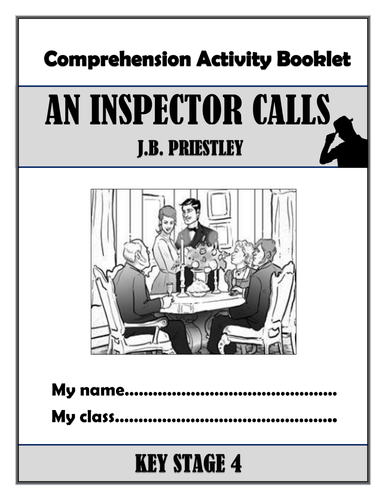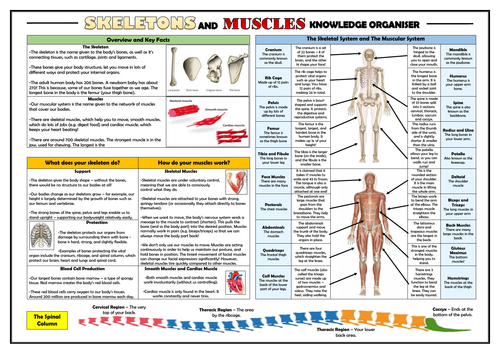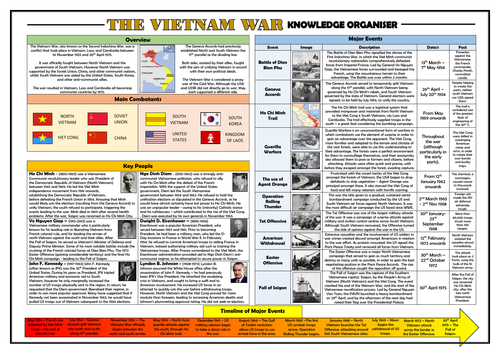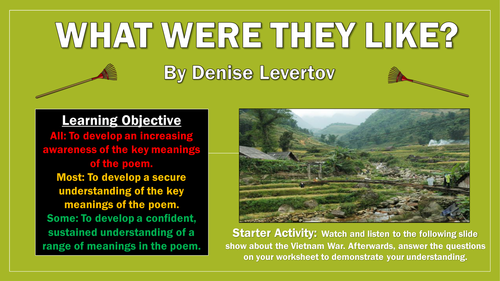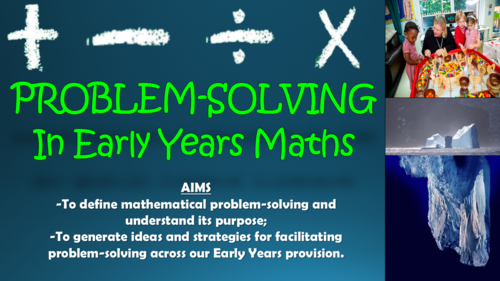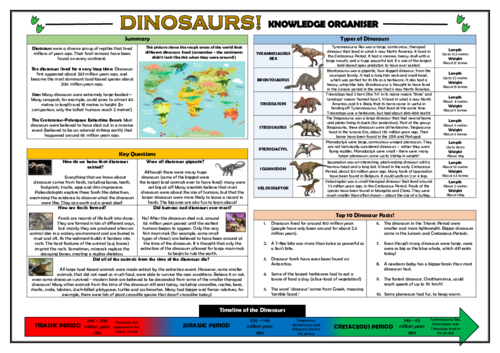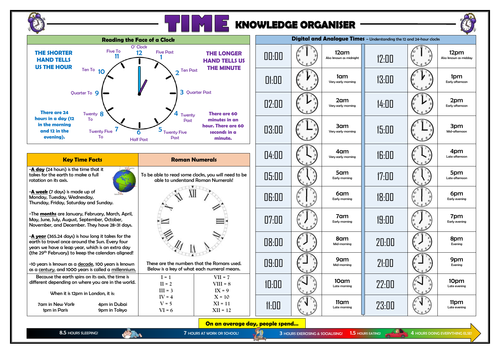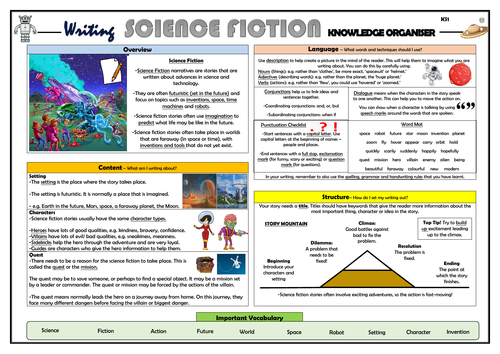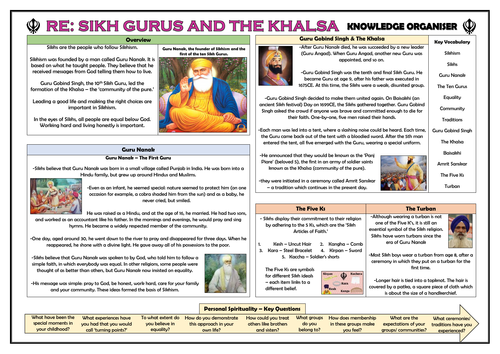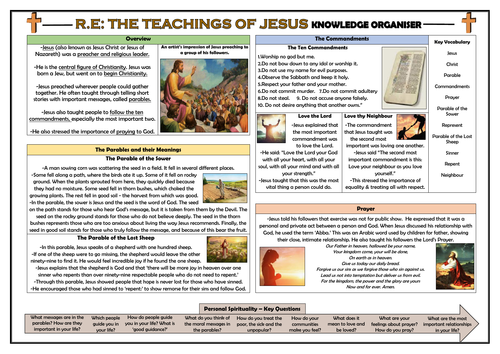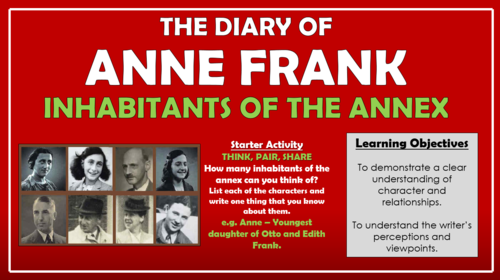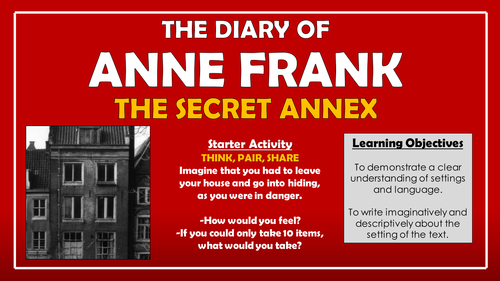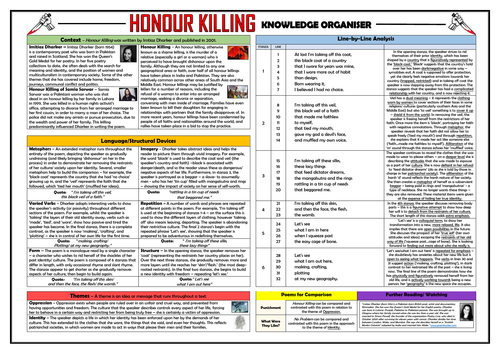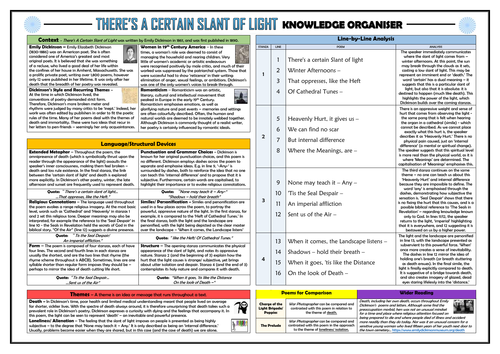
3k+Uploads
1929k+Views
2254k+Downloads
All resources

Writing Mystery Narratives - Upper KS2 Knowledge Organiser!
This clear, detailed and visually-appealing resource offers a complete reference point for year 5/6 children when writing mystery narratives. The organiser is also perfect for teachers, parents and English subject leaders - aiding their planning and supporting of children’s knowledge development for this writing text type.
The organiser has a particular focus on the content, language and structural features required to write effective mystery stories at upper KS2. It contains distinct sections covering:
-Fantasy Overview;
-Content: Settings, Characters, and Quests/Mysteries;
-Language: Descriptive Devices, Dialogue, Conjunctions, Punctuation Checklist and Word Mat;
-Structure - Titles, Structure Mountains and other tips;
-Key Vocabulary
The content is fully aligned with the age-related expectations for upper KS2 children in writing. The resource is designed to be printed onto A3, and is provided as both a PDF and a Word version (so that you can edit if you want to). All images used are licensed for commercial use and are cited on a separate document (included).

An Inspector Calls Comprehension Activities Booklet!
This resource booklet contains a wide range of age-appropriate, engaging, and meaningful comprehension activities for use throughout the reading of J.B. Priestley's 'An Inspector Calls.' Teachers have found them particularly useful in exam revision, comprehension tasks, or guided reading sessions. They are perfect for aiding the progress of students towards meeting the KS4 expectations within the new National Curriculum framework - this makes the tasks suitable for all examining bodies. Students have found these resources extremely engaging, and for teachers there is explicit information within each task regarding which comprehension strands the task is designed to demonstrate. They also relate to key extracts, characters, and themes from the story, ensuring that students gain a deep understanding of the text.
Activities within the booklet include:
- 'Context: Pre-War Britain' - to aid students with 'Drawing on knowledge of the purpose, audience and context of the writing, including its social, historical and cultural context and the literary tradition to which it belongs, to inform evaluation;'
- 'Priestley's Description' - to aid students with 'Analysing a writer’s choice of vocabulary, form, grammatical and structural features, and evaluating their effectiveness and impact;'
- 'The Inspector' - to aid students with 'Seeking evidence in the text to support a point of view, including justifying inferences with evidence;'
- 'Editing the Play' - to aid students with 'Making an informed personal response, recognising that other responses to a text are possible and evaluating these.'
Plus many, many more activities (the booklet is around 30 pages in length!) I've also added it as a PDF in case the formatting differs on your computer.
All images are licensed for commercial use, and are cited on a separate document (included).

KS2 Skeletons and Muscles Knowledge Organiser!
This clear, detailed and visually-appealing resource offers a complete reference point for KS2 students learning or revising knowledge relating to skeletons and muscles. It contains comprehensive sections on:
The skeletal and muscular systems - complete with annotated diagrams and explanations of key bones/ muscles;
Overview of bones and muscles, including key facts;
Functions of the skeleton - support, protection, and the production of red blood cells;
How muscles work - voluntary and involuntary muscles;
Annotated diagram of the regions of the spinal column.
The resource is designed to be printed onto A3, and is provided as both a PDF and a Word version (so that you can edit if you want to). All images used are licensed for commercial use and are cited on a separate document (included).

Vietnam War - Knowledge Organiser/ Revision Mat!
This detailed and visually-appealing resource offers a complete reference point for students learning or revising knowledge of The Vietnam War. It contains comprehensive sections on:
Overview and map;
Events - dates, images, descriptions, and key facts;
Key People - Ho Chi Minh, Ngo Dinh Diem,Vo Nguyen Giap, Dwight D. Eisenhower, John F. Kennedy, Lyndon B. Johnson;
Main Participating Countries;
Timeline of Major Events.
Key words and ideas are underlined for easy reference. The resource is designed to be printed onto A3, and is provided as both a PDF and a Word version (so that you can edit if you want to). All images used are licensed for commercial use and are cited on a separate document (included).

What Were They Like? Denise Levertov - Vietnam War Poem
These resources enable students to build their knowledge of the content, language, and structure of Denise Levertov’s Vietnam War poem ‘What Were They Like?’ In particular, students learn about the historical context of the Vietnam War. They also learn how features of language and structure aid the impact of the poem.
Students learn through a logical and step-by-step learning journey, including:
-Exploring the historical concept of the Vietnam War;
-Understanding key information about Denise Levertov and her life;
-Reading and interpreting the poem;
-Understanding the poem, with a particular emphasis upon the content, language, and structural features;
-Writing an extended analysis piece based upon how Levertov gets across her feelings about war in the poem, through the use of language and structure;
-Peer assessing each other's learning attempts.
Included is:
- Whole lesson PowerPoint - colourful and substantial; (including hyperlink to a reading of the poem)
- Copy of poem;
- Structural devices worksheet
- Analysis template with in-built success criteria for creating well-structured responses;
- Comprehensive lesson plan.
There are also opportunities for group learning, peer assessment, and whole class discussion. This was originally taught to middle-ability year 9/10 groups, but can easily be differentiated for groups of different ages and abilities.
All images are licensed for commercial use, and image rights are listed on the last page of the presentation.

Problem Solving in Early Years Maths CPD Session!
This informative session offers Early Years practitioners a more in-depth understanding of how to employ problem-solving activities effectively in their classrooms. It is intended to be used in a short, introductory, information-sharing CPD environment, and took me about 45 minutes to deliver. The session is rooted in findings from educational research (links included) and goes through:
Exactly what constitutes problem-solving, and why it is so essential in the broader context of maths education;
Key ingredients for ensuring that problem-solving tasks are engaging and effective;
Some excellent model examples of problem-solving activities;
How to incorporate ‘incidental problem-solving’ into classrooms;
Useful links for resources and task ideas, and further reading.
I hope that you find it useful!

Dinosaurs Knowledge Organiser/ Revision Mat!
This clear, detailed and visually-appealing resource offers a complete reference point for students learning or revising knowledge relating to the dinosaurs. It contains comprehensive sections on:
Overview - the who, what, when, where of dinosaurs;
Types of Dinosaurs - including Tyrannosaurus Rex, Triceratops, Stegosaurus and Brontosaurus, amongst others;
Key Questions about Dinosaurs - including ‘How do we know dinosaurs existed? and How are fossils formed?’ and more;
Dinosaur Timeline - including details about the Triassic, Jurassic and Cretaceous Periods;
Top Ten Dinosaur Facts!
The resource is designed to be printed onto A3, and is provided as both a PDF and a Word version (so that you can edit if you want to). All images used are licensed for commercial use and are cited on a separate document (included).
The resource could be adapted for a variety of ages and abilities, but I originally used this with Key Stage 2 children.

Macbeth 'Pointloss' Game!
This exciting ‘Pointloss’ game is perfect for use as a whole lesson resource, enrichment option, or revision tool. Editable, so that you can change to any other topic or change questions. (I’ve also added a blank template so that you can make your own games from scratch). Containing almost 30 slides of sound clips, interesting tasks, and suitably challenging questions, this resource is effective at both promoting engagement and enhancing learning. There are several full rounds of questions to build or revisit knowledge of characters, plot, and themes in ‘Macbeth.’
Round 1. The characters in Macbeth
Round 2. Quotations from the text
Round 3. Settings and Themes
Round 4. Deaths in Macbeth
The nature of this game ensures that the resource can challenge students of all levels.
A blank template has also been added, so that you can create your own games!

Time Knowledge Organiser/ Revision Mat!
This clear, detailed and visually-appealing resource offers a complete reference point for students learning or revising knowledge relating to understanding time. It contains comprehensive sections on:
Reading the Face of a Clock - including understanding the minute and hour hands;
Key Time Facts - understanding the duration of days, weeks, months, years, etc;
Roman Numerals - to aid children in telling the time on old-fashioned clocks;
Digital and Analogue Times - looking at different ways to express the time using the 12 and 24 hour clocks, using both digital and analogue clocks;
Average Time Spent in a Day Timeline
The resource is designed to be printed onto A3, and is provided as both a PDF and a Word version (so that you can edit if you want to). All images used are licensed for commercial use and are cited on a separate document (included).
The resource could be adapted for a variety of ages and abilities, but I originally used this with Key Stage 2 children.

Writing Science Fiction - KS1 Knowledge Organiser!
This clear, detailed and visually-appealing resource offers a complete reference point for KS1 children when writing science fiction narratives. The organiser is also perfect for teachers, parents and English subject leaders - aiding their planning and supporting of children’s knowledge development for this writing text type.
The organiser has a particular focus on the content, language and structural features required to write effective science fiction stories at KS1. It contains distinct sections covering:
-Science Fiction Overview;
-Content: Settings, Characters, and Quests;
-Language: Descriptive Devices, Dialogue, Conjunctions, Punctuation Checklist and Word Mat;
-Structure - Titles, Structure Mountains and other tips;
-Key Vocabulary
The content is fully aligned with the age-related expectations for KS1 children in writing. The resource is designed to be printed onto A3, and is provided as both a PDF and a Word version (so that you can edit if you want to). All images used are licensed for commercial use and are cited on a separate document (included).

Writing Contemporary Fiction - KS1 Knowledge Organisers!
This clear, detailed and visually-appealing resource offers a complete reference point for KS1 children when writing contemporary fiction. The organiser is also perfect for teachers, parents and English subject leaders - aiding their planning and supporting of children’s knowledge development for this writing text type.
The organiser has a particular focus on the content, language and structural features required to write effective contemporary fiction at KS1. It contains distinct sections covering:
-An Overview of Contemporary Fiction;
-Content: Settings, Characters, and Plot;
-Language: Descriptive Devices, Dialogue, Conjunctions, Punctuation Checklist and Word Mat;
-Structure - Titles, Structure Mountains and other tips;
-Key Vocabulary
The content is fully aligned with the age-related expectations for KS1 children in writing. The resource is designed to be printed onto A3, and is provided as both a PDF and a Word version (so that you can edit if you want to). All images used are licensed for commercial use and are cited on a separate document (included).

RE - Sikhism: The Gurus and the Khalsa Knowledge Organiser!
This clear, detailed and visually-appealing resource offers a complete reference point for children learning about The Gurus and The Khalsa whilst learning about the religion of Sikhism in R.E. It contains comprehensive sections on:
-Overview;
-Guru Nanak;
-Guru Gobind Singh and The Khalsa;
-The Five Ks;
-The Turban;
-Personal Spirituality Questions;
-Key Vocabulary.
The resource is designed to be printed onto A3, and is provided as both a PDF and a Word version (so that you can edit if you want to). All images used are licensed for commercial use and are cited on a separate document (included). It is most appropriate for KS2 children.

RE - The Teachings of Jesus Knowledge Organiser!
This clear, detailed and visually-appealing resource offers a complete reference point for children learning about ‘The Teachings of Jesus’ in R.E. It contains comprehensive sections on:
-Overview;
-Parables and their Meanings;
-The Commandments;
-Prayer;
-Personal Spirituality - Key Questions;
-Key Vocabulary.
The resource is designed to be printed onto A3, and is provided as both a PDF and a Word version (so that you can edit if you want to). All images used are licensed for commercial use and are cited on a separate document (included). It is most appropriate for KS2 children.

The Diary of Anne Frank - The Context of the Holocaust
This engaging and informative lesson helps students to understand the key features of the social and historical context of Anne Frank’s Diary, through learning about The Holocaust and Nazi-occupied Europe in the 1940s. Furthermore, students learn to identify and analyse features of context within specific sections of Anne Frank’s Diary - making appropriate links between text and context.
The lesson follows a step-by-step learning journey, in which children learn through:
-Understanding the key features of the Holocaust through watching and comprehending an informative (and age-appropriate) video;
- Reading and understanding extracts from the opening section of Anne Frank’s Diary;
- Linking their understanding of social and historical context to what they read in the text;
- Analysing how the horrors of the Holocaust are evident through Anne’s account of her family’s experiences;
- Peer assessing each other’s learning attempts.
Included is:
- Whole lesson PowerPoint - colourful and comprehensive;
- Linking Text to Context Worksheet (and answer sheet);
- Selected extracts - The Diary of Anne Frank;
- Link to an engaging and informative video (you will need internet access to view);
- Essay Template
- Comprehensive lesson plan.
There are also opportunities for group learning, speaking and listening, peer assessment, and whole class discussion. I originally used these resources with a mixed-ability year 8 class, however colleagues have used them for between years 5 and 9 with minimal adaptations. Please note that internet access/ use of research mechanisms is required for the introduction task.
All images are licensed for commercial use, and image rights are listed on the last page of the presentation.

The Diary of Anne Frank - The Inhabitants of the Annex
This engaging and informative lesson helps students to understand the key characters and relationships in the secret annex in Anne Frank’s Diary. Students explore extracts from the text, video evidence, and their own research findings, to demonstrate a clear understanding of each of the occupants’ key characteristics and traits, in addition to their relationships with Anne and one another.
The lesson follows a step-by-step learning journey, in which children learn through:
-Remembering each of the occupants of the house, and recalling what they know about them;
- Reading and understanding extracts from Anne Frank's Diary, in which Anne describes each of the people in the house and explains what she thinks of them;
- Watching and comprehending a powerful video of Otto Frank discussing his relationship with Anne;
- Researching one inhabitant in more depth, using a helpful research template;
- Writing an explanatory piece about the life of one of the inhabitants of the annex;
- Peer assessing each other's learning attempts.
Included is:
- Whole lesson PowerPoint - colourful and comprehensive;
- Research Template
- Selected extracts - The Diary of Anne Frank;
- Link to an engaging and informative video (you will need internet access to view);
- Writing to Explain Helpsheet
- Comprehensive lesson plan.
There are also opportunities for group learning, speaking and listening, peer assessment, and whole class discussion. I originally used these resources with a mixed-ability year 8 class, however colleagues have used them for between years 5 and 9 with minimal adaptations. Please note that internet access/ use of research mechanisms is required for the introduction task and the model examples.
All images are licensed for commercial use, and image rights are listed on the last page of the presentation.

The Diary of Anne Frank - Anne's Use of Language
This engaging and informative lesson helps students to demonstrate a clear understanding of the descriptive language used by Anne Frank in her ‘Diary of a Young Girl.’ Students explore how Anne uses techniques such as varied vocabulary, personification, and metaphors to describe scenes and events to the audience. Students also have a go at using their own imaginative language devices through their own diary entries.
The lesson follows a step-by-step learning journey, in which children learn through:
-Completing a card-sorting activity to define and exemplify each of the descriptive devices;
- Reading and understanding extracts from a section of Anne Frank's Diary, in which Anne describes her fear during a bombing, and her anger with her fellow annex inhabitants;
- Identifying and analysing Anne's use of language devices throughout the extract;
- Writing their own language device-filled diary attempts, with support from a helpsheet and a model example;
- Self assessing their own learning attempts.
Included is:
- Whole lesson PowerPoint - colourful and comprehensive;
- Anne's Language Devices Worksheet (and answer sheet);
- Selected extracts - The Diary of Anne Frank;
- Cards for sorting activity;
- Writing to Describe Helpsheet;
- Comprehensive lesson plan.
There are also opportunities for group learning, speaking and listening, peer assessment, and whole class discussion. I originally used these resources with a mixed-ability year 8 class, however colleagues have used them for between years 5 and 9 with minimal adaptations.
All images are licensed for commercial use, and image rights are listed on the last page of the presentation.

The Diary of Anne Frank - The Secret Annex
This engaging and informative lesson helps students to demonstrate a clear understanding of the setting in ‘The Diary of Anne Frank’ - The Secret Annex. Students explore the language used by Anne Frank in her description, explore the annex for themselves on a virtual tour, and then write imaginative and original descriptions based on what they have seen and read.
The lesson follows a step-by-step learning journey, in which children learn through:
-Empathising with the Frank family's situation by discussing the idea of displacement;
- Reading and understanding extracts from the opening section of Anne Frank's Diary, in which Anne describes the annex;
- Information gathering on each of the rooms in the annex through observing a virtual tour;
- Linking information and using imaginative thoughts to produce detailed, original, and imaginative descriptions of rooms in the annex;
- Self assessing their own learning attempts.
Included is:
- Whole lesson PowerPoint - colourful and comprehensive;
- Information Gathering Template;
- Selected extracts - The Diary of Anne Frank;
- Link to a virtual tour video (you will need internet access to view);
- Writing to Describe Helpsheet;
- Comprehensive lesson plan.
There are also opportunities for group learning, speaking and listening, peer assessment, and whole class discussion. I originally used these resources with a mixed-ability year 8 class, however colleagues have used them for between years 5 and 9 with minimal adaptations. Please note that internet access/ use of research mechanisms is required for the introduction task.
All images are licensed for commercial use, and image rights are listed on the last page of the presentation.

Awesome Auxiliary and Magnificent Modal Verbs!
This interesting and engaging lesson enables students to understand the key functions and purposes of auxiliary and modal verbs. Furthermore, students learn how to use auxiliary and modal verbs accurately, and apply these to their own writing.
Students follow a clear and logical learning journey, in which they:
-Define and identify the key functions and purposes of auxiliary and modal verbs;
-Understand why these verbs are needed in sentences, and how they can alter sentence form and meaning;
-Identify each of the different types of auxiliary and modal verbs, including how they are affected by tense and context;
-Read and analyse the use of modal verbs in an example text, determining how the use of these verbs affects meaning;
-Apply their understanding of modal/ auxiliary verbs to their own writing attempts;
-Peer/self-assess their learning attempts.
All resources are provided in both office (Word and PowerPoint) to allow for easy editing, and PDF, in case formatting differs on your computer. Resources are eye-catching and purposeful, including:
-Visually engaging whole-lesson PowerPoint;
-An interesting, imaginative, and well-presented worksheet (in Word and PDF);
- A useful helpsheet (also in Word and PDF);
-Step-by-step lesson plan.
All images are licensed for commercial use, and are cited on the final page of the slide.

Honour Killing - Knowledge Organiser/ Revision Mat!
This detailed and visually-appealing resource offers a complete reference point for students learning or revising Imtiaz Dharker’s poem 'Honour Killing.’ It contains comprehensive sections on:
Context;
Line-by-Line Analysis;
Poetic Devices/ Language Devices;
Themes;
Form/Structure;
Poems for Comparison;
Links to Wider Reading.
Key words and ideas are underlined for easy reference. The resource is designed to be printed onto A3, and is provided as both a PDF and a Word version (so that you can edit if you want to). All images used are licensed for commercial use and are cited on a separate document (included).

There's A Certain Slant of Light - Knowledge Organiser/ Revision Mat!
This detailed and visually-appealing resource offers a complete reference point for students learning or revising Emily Dickinson’s poem 'There’s A Certain Slant of Light.’ It contains comprehensive sections on:
Context;
Line-by-Line Analysis;
Poetic Devices/ Language Devices;
Themes;
Form/Structure;
Poems for Comparison;
Links to Wider Reading.
Key words and ideas are underlined for easy reference. The resource is designed to be printed onto A3, and is provided as both a PDF and a Word version (so that you can edit if you want to). All images used are licensed for commercial use and are cited on a separate document (included).


